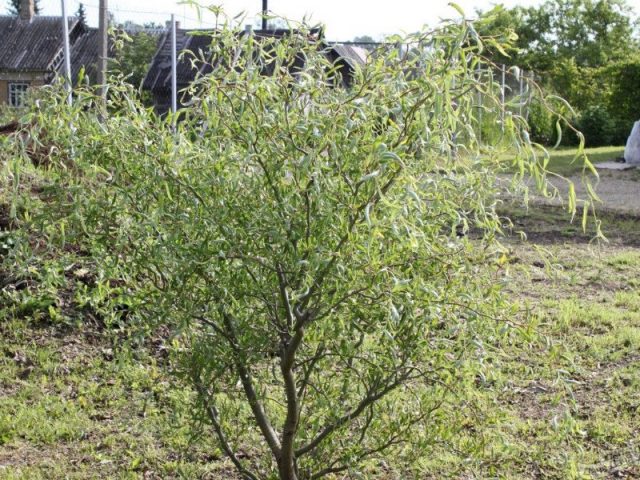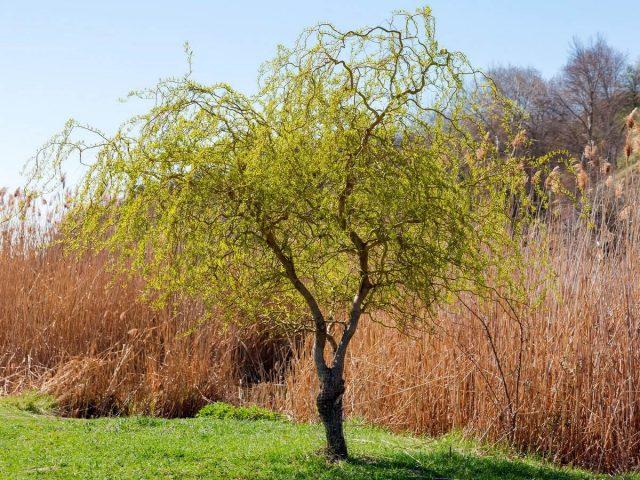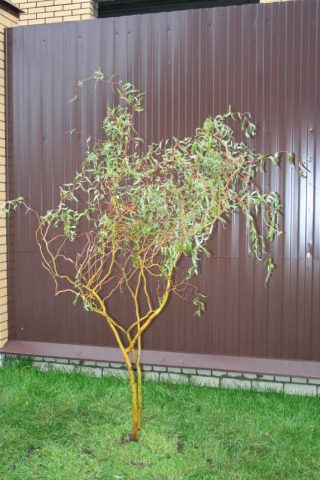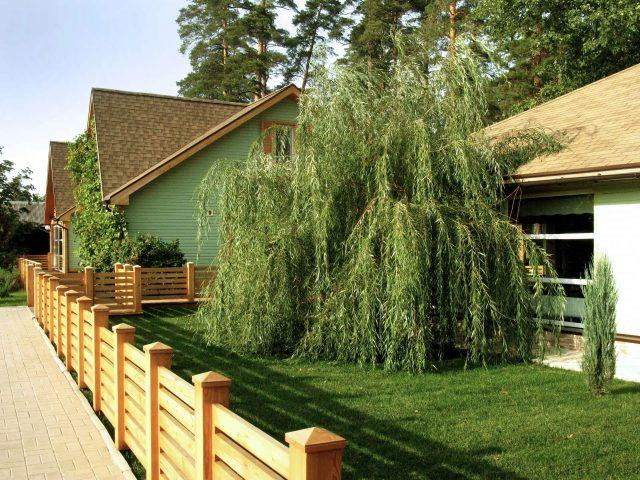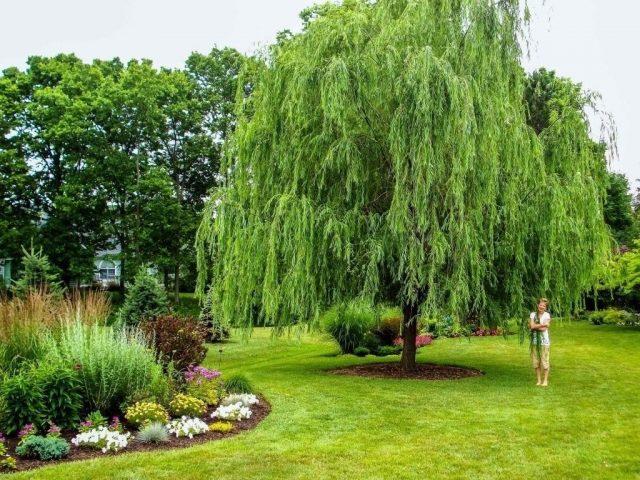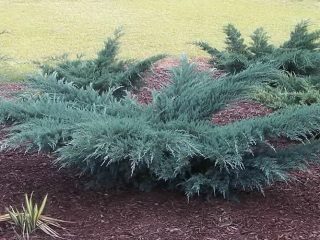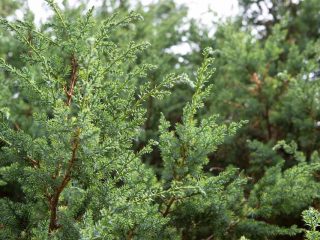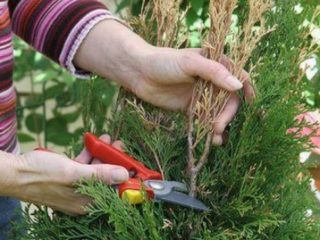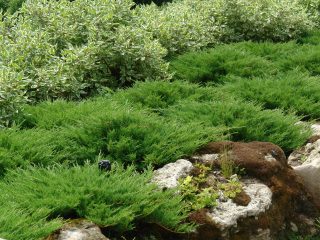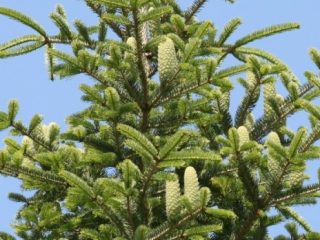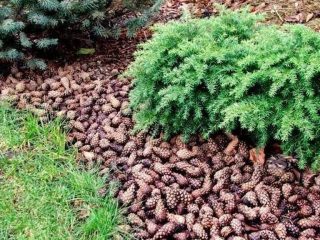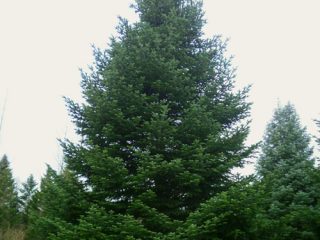Content
The tortuous willow is one of the most beautiful trees among its genus. Produces narrow spiral-shaped foliage and twisting shoots of a red-brown hue. Willow grows well in a variety of soils. The plant is moisture-loving and needs regular watering.
Description of the twisting willow
Willow is a medium-sized tree or shrub (depending on the type of pruning). Gives a wide oval or simply oval crown. Willow has not very thick, often thin, partly weeping shoots. Their color is greenish-olive or red-brown. And in the sun they become brownish, with a pleasant gloss.
The name of the tree comes from the fact that it is a willow with twisting, spiral-shaped branches. The foliage of the plant is narrow, twisted, reaching 5-10 cm in length. The color is light green, pubescence is noticeable in the upper part, less pronounced in the lower part. Moreover, the leaf blades below are bluish. Willow is distinguished by its early flowering. It starts already in April.
Height and diameter of the crown of tortuous willow
The willow reaches a height of 2-4 m, and a width of up to 2 m. It is not very tall, looks elegant and does not take up much space.Moreover, in the first two years, the willow grows quickly - up to 1.5 m in height. Then it gives up to 40-60 cm annually with a gradual slowdown.
Varieties of tortuous willow
Among the varieties there are two most popular:
- Sverdlovsk (also called Ural) willow.
- Matsudana (Japanese variety).
Sverdlovsk willow was obtained at the Botanical Garden of the Ural Branch of the Russian Academy of Sciences. The tree reaches a height of 3-4 m. The crown of the twisting willow is not too dense, its shape is spherical or broadly oval. The branches are covered with red-brown bark, drooping, and twisting. There is no flowering. This willow can be propagated by cuttings; other methods will not work.
Also among the variety series you can find varieties of willow “Sverdlovskaya sinuous 2” or “3”. This is the same variety, differs only in the generation of selection. Representative “2” has a much higher crown, reaching 10-12 m, with pubescent foliage. The shoots of the twisting willow droop, in this case the shape of the crown is pyramidal. In variety “3” the height is much lower - reaches 5 m. At the same time, not only the shoots, but also the foliage become tortuous.
Willow also has dwarf representatives, they received several numbers:
- 476;
- 576;
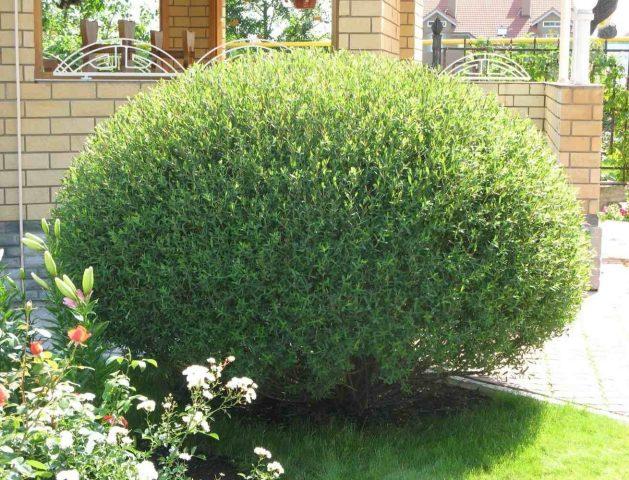
Dwarf willows look beautiful on lawns
These willows reach a height of no more than 2.5 m. They differ in the color of the shoots - they are light olive tones, and not reddish-brown. The crowns are quite compact, look elegant, and do not take up much space. In addition, winter hardiness is high, which allows cultivation even in Siberia.
One popular variety is the twisting Matsudana willow. It is a medium-height tree or shrub, reaching from 4 to 13 m. At the same time, the crown is quite wide, reaching up to 7 m.The crown grows quickly, but it is quite possible to form it and maintain it in beautiful condition. The foliage is narrow, oblong, reaching 6-10 cm in length. The outer part of the leaf of the twisting willow is green, and the lower part is blue or white.
The tree blooms in April and produces numerous catkins. The twisting Matsudana willow grows well in different types of soil, sandstone and clay. Prefers moderate moisture. Requires thinning pruning - otherwise the crown becomes very thick.
Where does it grow
The twisting willow grows everywhere in the temperate climate zone of Eurasia. It is found in different territories up to the northern regions, with the exception of the Far North. Trees can be found in Central Asia, Turkey, Kazakhstan, Iran.
It prefers moist soils and often settles on the shores of bodies of water, including ponds, on embankments and dams. It forms quite large groves that can stretch for several kilometers. Winding willow trees also grow in the foothills, rising to a height of up to 2 thousand meters above sea level.
Features of cultivation
The planting of the winding willow is planned for the spring - possibly in early April, when the snow has completely melted. It can also be planted in the fall immediately after the leaves fall. Choose a place that is well moistened, but at the same time not in a lowland, in order to prevent flooding and stagnation of water. The soil can be any, including clay.
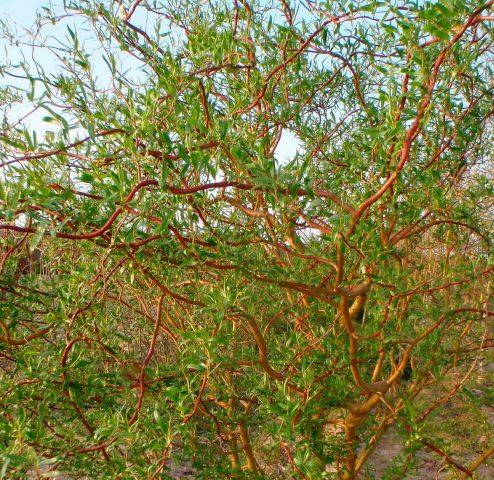
The tree grows well in sunny areas
If the soil is fertile, it does not need preliminary preparation.But if the soil is depleted, 1-2 months before planting you should dig it up and add compost or humus in an amount of 7-10 kg per square meter.
Willows are planted at a distance of at least 6-7 m. The instructions are as follows:
- Dig holes 60x60 cm.
- Lay out a layer of small stones.
- Plant twisting willow seedlings.
- Dig in with fertile soil.
- Compact and leave the root collar flush with the surface.
- Water well with settled water.
- In winter, the tortuous willow feels quite normal, but when planting in the fall, young seedlings should be mulched with sawdust, humus, hay or other organic materials.
During care, the main attention should be paid to watering. Willow is very sensitive to lack of moisture and does not tolerate prolonged droughts. Therefore, water should be given regularly, especially to young plants. If there is no rain, water every week. You should focus on the condition of the soil - it should not be too wet.
After watering and heavy rains, the willow tree trunk is loosened, and weeding is done if necessary. Mature trees do not need such careful care - it is enough to dig up the soil under the crown once a year in the fall (after leaf fall).
It is enough to fertilize once a year - in April. Trees are given nitrogen compounds, for example, urea or nitrophoska. It is necessary to dissolve 20 g in a 10 liter bucket of water and use it to water 1 square meter. m.
It is also important to monitor the condition of willow leaves and shoots. If necessary, prune and treat against insects and diseases. In the fall, remove all fallen branches and leaves and carry them as far away as possible so that infections do not spread.
How to shape tortuous willow
One of the important rules for caring for a twisting willow is regular pruning.It is carried out every spring (before the start of sap flow at the end of March) and in October after leaf fall. It is necessary to thin out the crown, giving it a spherical shape. Various shoots are subject to removal:
- growing inside the crown;
- protruding beyond the general contour;
- victims of diseases, frost.
Breeding Willow
The main method of propagating twisted willow is using cuttings. To do this, at the beginning of spring (before the buds open), several shoots from last year are cut, oblique lower cuts are made and cuttings up to 15 cm long are obtained. They are dug directly into the ground (half the length) and covered with a transparent bottle.
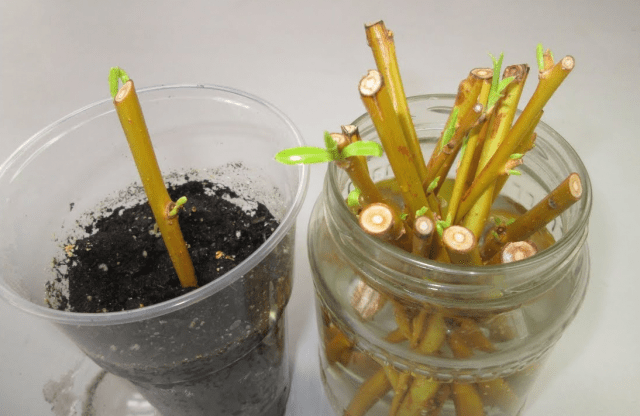
The main method of tree propagation is cuttings.
Periodically water the tortuous willow and wait until the roots form (two months are enough for this). Then in the summer they are transplanted to a permanent place and continue to be watered with settled water. Mulch for the winter.
Diseases and pests
All varieties of tortuous willow are sufficiently resistant to various diseases. But with constant violation of watering norms, in rainy summers they can suffer from powdery mildew and other fungal infections. To prevent this, it is recommended to carry out 2-3 preventive treatments of tortuous willow with fungicides in the spring (1 week interval):
- "Bordeaux mixture";
- "Maksim";
- "Fundazol";
- "Abiga Peak".
Of the insects, caterpillars of various species, weevils, and willow weed are especially dangerous to the tortuous willow. Effective insecticides are used for destruction:
- "Decis";
- "Aktara";
- "Fufanon";
- "Karbofos".
Willow tortuous in landscape design
Tortuous willow is often used in landscape design in single plantings.The tree is quite large; it grows well in open areas, especially since it needs constant lighting. Dwarf varieties can be used in group planting to create a hedge.
The main uses of winding willow for decorating a site are shown below:
- Planting on the lawn.
- Placing a twisting willow tree near the house.
- Option for single planting near a flower bed.
Conclusion
The tortuous willow is represented by several interesting varieties, and in the Russian climate it is best to grow Sverdlovsk. The plant is unpretentious and quite winter-hardy, not demanding on the composition and structure of the soil. To properly care for the willow, it needs to be fed every spring and watered regularly.
